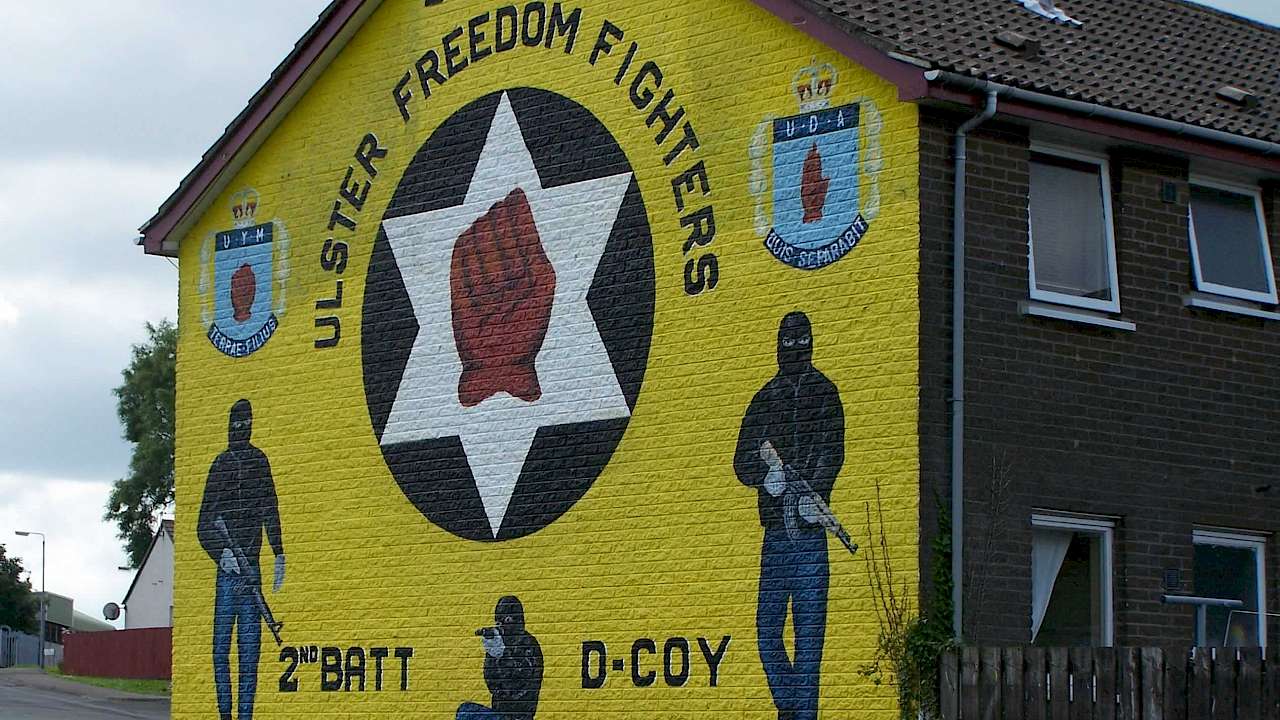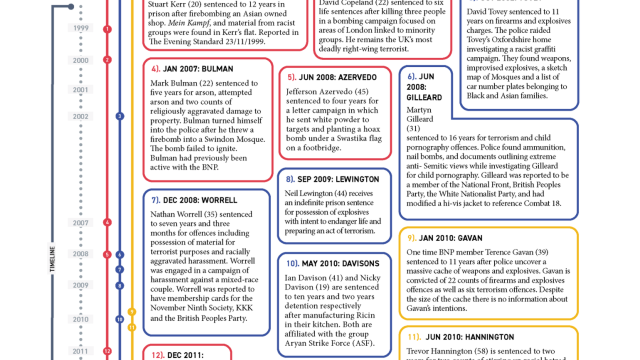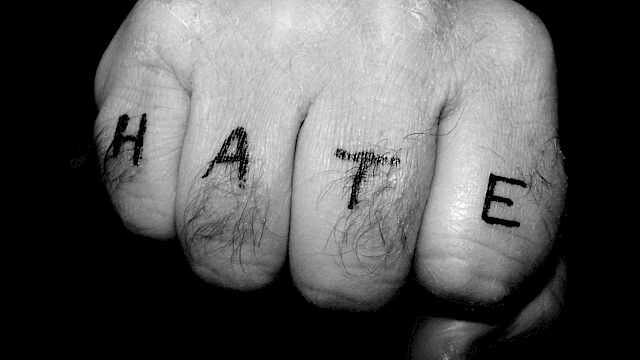The Ulster Defence Association, loyalist solidarity, and the family
By Ben Lee
As Simon Copeland discusses in Transmitting terrorism: a family affair? there are a variety of roles that the family can play in transmitting ideology. But family involvement, together with the impact of peers and critical events, can be a potent combination in shaping how one thinks and acts. The case of Ken – from a study by Colin Crawford – illustrates this.
Ken was born in 1962 and lived in Brown Square at the bottom of the Shankhill Road in Belfast. He had a good relationship with his parents growing up, although a difficult time at school. From 1969 onwards, the British Army arrived at the Brown Square barracks, and Ken remembered repeated attacks by ‘republicans/Catholics’ and the emergence of loyalist paramilitary groups. At the age of 12, he was used as a messenger to set up a shooting in a local bar.
I looked around and all my friends, every one of them, were joining paramilitary organisations
In his recollections, Ken did not talk directly about UDA ideology, but instead discussed his involvement from the perspective of local community organisations, the impact of peers and family members, and specific provocative events: ‘When I was growing up, 14, 15, 16, I looked around and all my friends, every one of them, were joining paramilitary organisations, either the UDA, or the UVF.’ He stressed close kinship connections, remarking that ‘It was already a personal thing, between me and Catholics, but then, after the INLA murdered --- it became really personal, they’d started to kill my family.’
Ken believed key events had a hand in leading to his hostility to Catholics and highlighted the murder of three soldiers from the Royal Highland Fusiliers in 1971 by the IRA. Their deaths had a ‘profound impact’ on him, exacerbated by his good relationships with the local British soldiers.
Ken’s involvement in the UDA was not framed in ideological terms. Instead, he stressed how family and community solidarity, the perceived threat of Republican violence, and the impact of critical local events shaped his beliefs, feelings and actions.
Innovation adoption among the suffragettes
Our social environment informs the way we make sense of the world and communicate with others. In her work on the adoption of new and innovative ideas and practices, the sociologist Gemma Edwards showed how some activists were influenced by debates within their own networks, and others by the decisions made by those of a similar social status.
Helen Watts and Mary Blathwayt were both suffragettes. Watts embraced the innovation of militancy – the strategy of intentional arrest and imprisonment – whereas Blathwayt rejected it.
Watts was part of an activist network whose members shared an understanding that militant tactics were a socially acceptable and recognised method of articulating a grievance. By contrast, Blathwayt’s network included non-militant members. Importantly, her mother – also a suffragette – rejected militancy.
Innovations are risky and uncertain. Of particular relevance are the experiences of others who are like us in adopting an innovation. People who occupy the same position in a social structure are referred to as being structurally equivalent. When an activist is considering adopting an innovation, she will be more likely to do so if those who are her structural equivalents have made the decision to adopt.
Structurally equivalent people are likely to use each other as a frame of reference, and may also feel a sense of competition
Structurally equivalent people are likely to use each other as a frame of reference, and may also feel a sense of competition. One activist is more likely to follow another to avoid the embarrassment of being the last of her social group to adopt the innovation. By contrast, if no structural equivalents have done so, or if they have adopted it and faced negative consequences, an activist may hold back from proceeding.
We can use this theory of structural equivalence to shed light on the decisions made by the suffragettes.
Blathwayt – a member of a prominent, upper-middle-class family – failed to utilise militant tactics despite being part of a network that contained a number of successful militants. Very few of the militancy adopters within her own network could be considered structurally equivalent to her. Two militants from a prominent family had already been labelled ‘mad’ by their local community. Their marginal status prior to adoption meant they had less to lose than Blathwayt. A third adopter, the wife of a local surgeon, was criticised by Blathwayt’s mother for having acted improperly, with ‘dreadful’ consequences for her husband. These examples suggest that innovation adoption among Blathwayt’s equivalents was seen as particularly risky and costly because it led to social sanctioning. In turn, this may have deterred Blathwayt.
The discussion, debate, and consensus that occur within social networks can influence an activist’s feelings and views about the appropriateness and effectiveness of adopting a controversial innovation. Watts’ pro-militancy network legitimised her adoption of this innovation, whereas the lack of consensus within Blathwayt’s network may have led her to reject it.
Copyright Information
As part of CREST’s commitment to open access research, this text is available under a Creative Commons BY-NC-SA 4.0 licence. Please refer to our Copyright page for full details.







